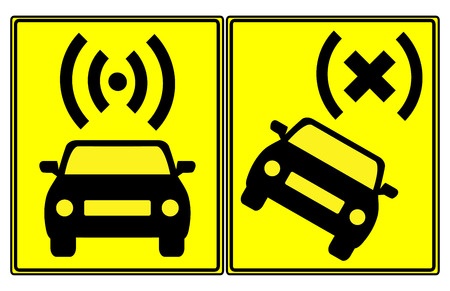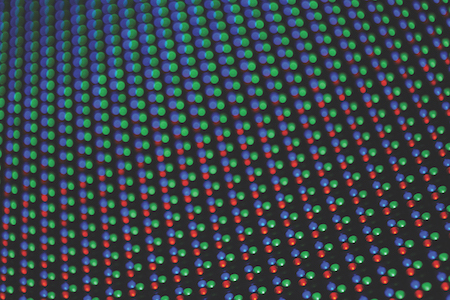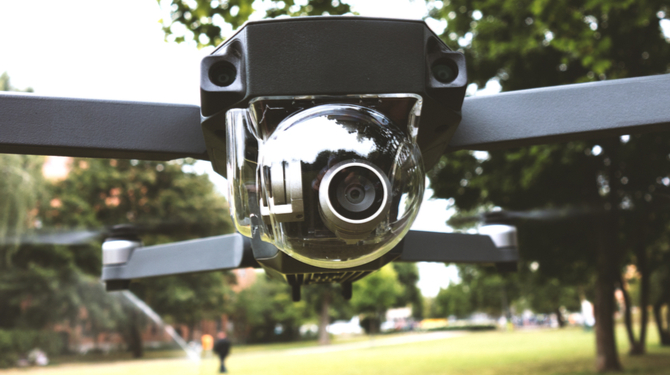Although generally speaking, the main advantage of driverless cars is to reduce the contribution of human error in causing accidents, there is a possibility that the interaction of driverless and human controlled vehicles may also cause accidents. According to a paper by Professors Surden and Williams from the University of Colorado Law School and the University of Technology, Sydney, respectively, the inability of human drivers and pedestrians to predict the behaviour of driverless machines could cause more accidents.
With the arrival of driverless cars, for the first time, people will share physical spaces with computer-controlled machines that can both direct their own activities and that have considerable freedom of movement. This represents a distinct change from our current context. Today people share physical spaces either with machines that have freedom of movement but are controlled by people (e.g. automobiles), or with machines that are controlled by computers but highly constrained in their range of movement (e.g. lifts). The movements of today’s machines are thus broadly predictable. The free-ranging, computer-directed movement of autonomous vehicles is an entirely novel phenomenon that will challenge certain unarticulated assumptions in our existing legal structure.
Problematically, the movements of autonomous vehicles may be less predictable to the ordinary people who will share their physical environment — such as pedestrians — than the comparable movements of human-driven vehicles. Today, a great deal of physical harm that might otherwise occur is likely avoided through humanity’s collective ability to predict the movements of other people. In anticipating the behaviour of others, we extrapolate from our own internal mental states in order to estimate what others are thinking or likely to do. These cognitive systems allow us to make instantaneous, unconscious judgments about the likely actions of people around us, and therefore, to keep ourselves safe in the driving context. However, these cognitive systems that allow us to accurately model the minds of other people and interpret their communicative signals of attention and intention are not currently present in the technological make-up of self-driving cars.
In the same article, the writers also mention the presence of “black box” technology in determining the precise series of events at the scene of an accident involving a driverless car. Autonomous vehicles collect a huge amount of data about their surroundings in order to perform their basic functions so the detailed video and technical data could form a new source of evidence in the world of fault-based tort legal systems. The data collected would also help improve the technology being used.


.jpg)
.jpg)
.jpg)

.jpg)




.jpg)